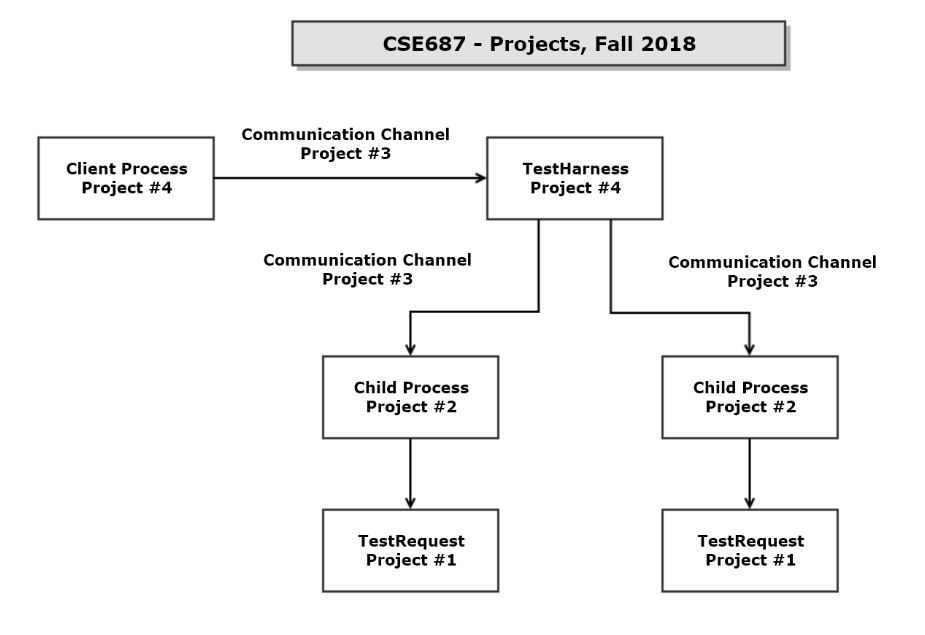-
Loading dynamic link test libraries:
Each test library is implemented as a dynamic link library. The library
contains a test driver that implements an ITest interface, has references to the code to be tested, and also
to the single-user TestHarness we built in Project #1 and a Logger we build in this project.
-
Executing tests:
When the project Executive loads the test library, it executes the library's test sequence using a bool test() method
declared in the ITest interface.
-
Reporting results:
The test driver uses its reference to the logging facility and uses it to
present test results on the project console, including, but not limited to, the test status returned by test().

